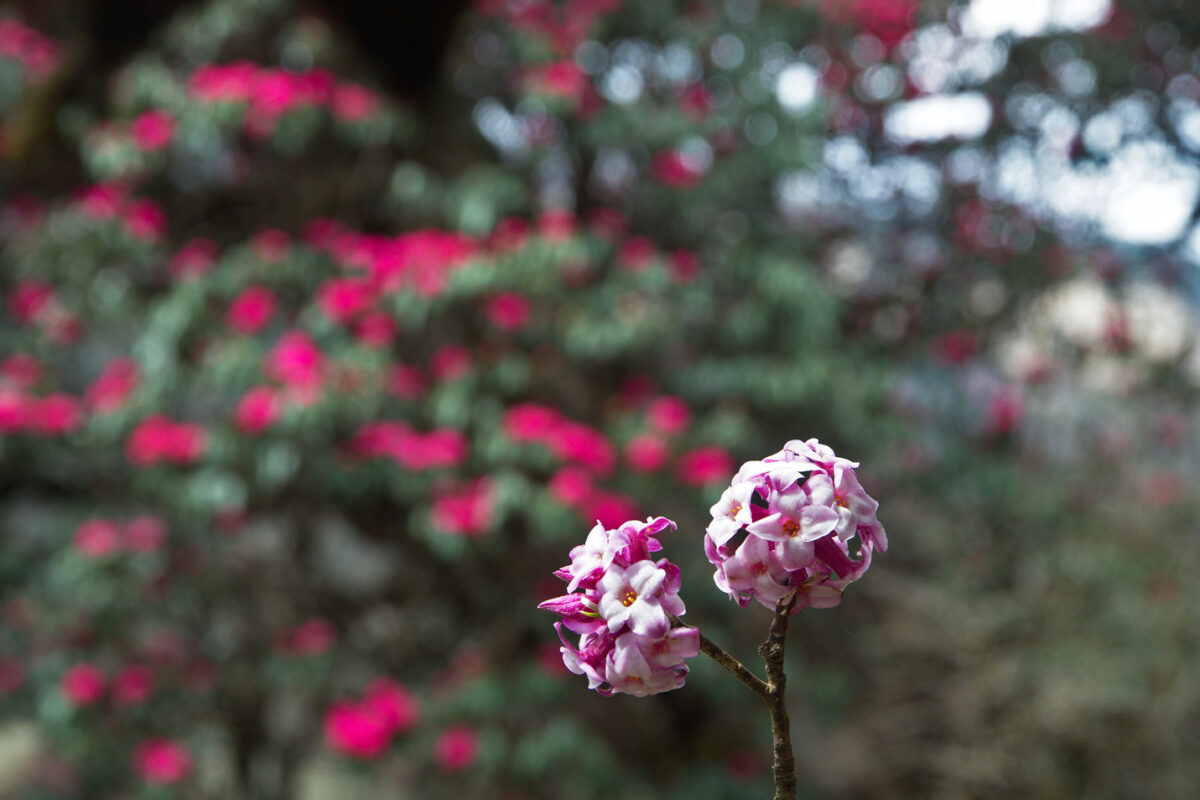KATHMANDU — A decade ago, people from Salija village in western Nepal traveled several hours into the uphill forests to gather firewood and feed for their livestock, Shakhamani Khorja recalls. “[Now], we have a forest growing on about 13 hectares [32 acres] of land less than a kilometer [0.6 miles] away that helps meet our needs for fuelwood and animal feed,” says Khorja, a Salija local and a member of a community forest group. As part of a reforestation project that began in 2010, local communities in six study sites across the western Gandaki province planted 131,186 native trees on a total of about 76 hectares (187 acres) of government-owned land. Nearly a decade after the reforestation project, researchers found that the density of vegetation, analyzed using a satellite imagery tool — known as Normalized Difference Vegetation Index (NDVI) — consistently increased in all six study sites since the project ended in 2016, suggesting increased canopy cover as trees continue to grow. According to NDVI metrics, vegetation improved from 0.0341 in value in 2018 (suggesting sparse vegetation) to 0.0737 in value in 2022 (meaning highly dense vegetation). This reforestation of native species, says Korja, was necessary not only due to their gradual decline because of climatic factors impacting natural growth, but also to support communities with non-timber resources that could build local enterprises, like selling lokta paper produced using material from the lokta plant (Daphne bholua), also called the Nepalese paper plant. According to the authors of the study published…This article was originally published on Mongabay
From Conservation news via this RSS feed


